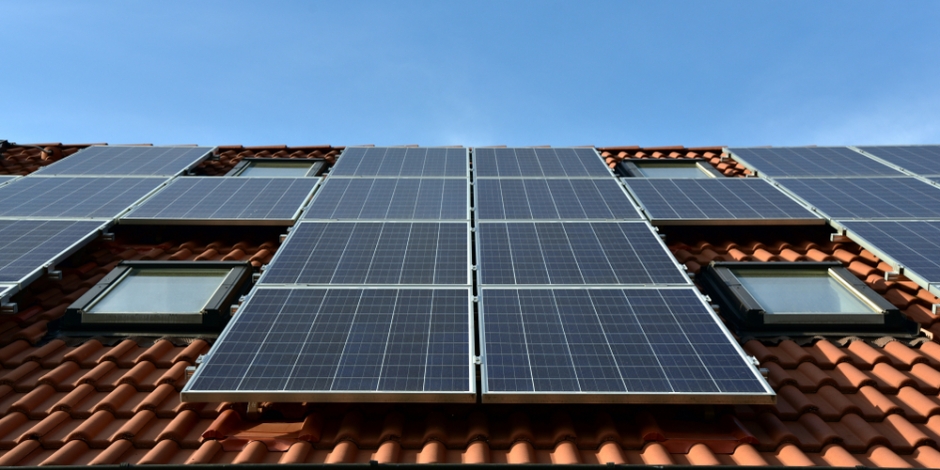
Have you been considering installing solar panels for your home, but find yourself saying, “Maybe next year”? You may want to think again after you learn about the tax savings you’d be missing out on if you wait until after 2019.
The innovating solar experts at SolEnergy have been helping Lakeland homeowners qualify for the maximum rebates and other financial incentives that come with switching to solar energy. Here’s what you should know about taking advantage of the solar tax credit before it’s too late.
How Does the Federal Solar Tax Credit Work?
The Federal Solar Tax Credit, also known as the Federal Investment Tax Credit (ITC), is outlined in Section 48 of the United States Tax Code. This tax incentive allows energy-conscious homeowners to deduct 30% of the total cost of their residential solar system installation from their federal tax liability in the year that they installed solar panels on their homes. So, for every $5,000 you spend on installing solar panels on your home, you can subtract $1,500 from what you owe the Federal Government next April.
An added benefit that makes the ITC even more lucrative is the ability to roll over any remaining deduction amount for one more year, helping homeowners use every last cent of this solar incentive. In fact, the ITC has been so successful and popular that an extension in 2015 moved the sunset date for the solar tax credit to after 2019.
The End of the ITC
You may be wondering what “sunset” means when it comes to the end of this clean energy program. What we mean by sunset is that this tax credit won’t go away entirely after 2019 ends, but the savings will dwindle. If you wait to begin your project with a solar installation contractor after December 31st, 2019, the allotted tax deduction drops from 30% down to 26%. So instead of taking $1,500 off of your taxes for every $5,000 you spent, you are only allowed $1,300. The ITC deduction continues to drop each year, until the residential deduction is eliminated and only a 10% commercial deduction remains, as follows:
2019: Full 30% deduction
2020: 26% deduction
2021: 22% deduction
After January 1st, 2022: residential installation credit eliminated; 10% deduction for commercial projects
How To Qualify For The Solar Tax Credit
In order to qualify for these tax savings, all you need to do is save all of your solar receipts, own the home you live in, and own your solar energy system. Solar leasing does not qualify for the tax credit, and you cannot utilize this deduction for any solar installations on investment properties, like a rental home.
Once you know that you qualify for the tax credit and it is time to file your taxes, simply add your deduction to IRS form 5696, and add your renewable energy credit to your standard for 1040.
Bonus Savings: Lakeland Electric Battery Storage Rebates
Thanks to Lakeland Electric, you can now save big on adding a battery storage system to your solar PV installation. A battery storage system is connected between your solar panels and your home, and saves any of your unused solar energy for use overnight, or during a time of lower solar production. This is a 50% rebate (up to $4,000 cash) on the cost of adding battery storage to your project.
Schedule Your Solar Installation Before December 31, 2019!
If you want to put your solar panels to work reducing your tax liability, your yearly energy costs, and your carbon footprint here in Lakeland, you’ve come to the right place. At SolEnergy, we take pride in finding renewable, clean energy solutions tailored to Florida homes. But you’ve got to hustle if you want to get the maximum savings on your tax return! Schedule your free solar quote with SolEnergy today, and take your first steps towards a sustainable, energy-efficient future.
